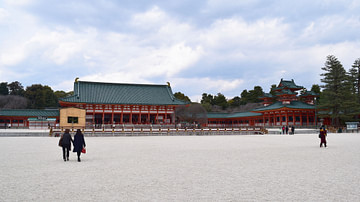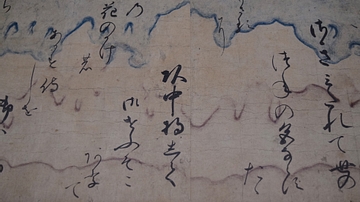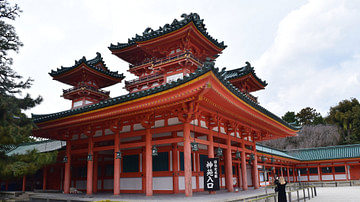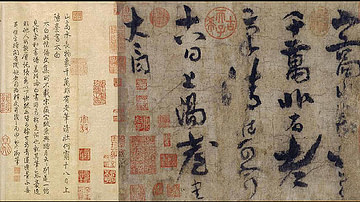Illustration
The Nehan koshiki (Koshiki on the Buddha's Passing) is written in Chinese but was recited in Japanese. Koshiki were intended to be understood by the listeners. The development of this genre in the late-10th century CE in Japan represents a milestone in the evolution of a liturgy in the vernacular language. The Nehan koshiki contains a musical notation next to the characters for proper chanting. This koshiki is by the Japanese Buddhist monk Myoe (1173–1232 CE), and dates from before 1753 CE. (Iris & B. Gerald Cantor Center for Visual Arts at Stanford University, Stanford, California)
About the Author
Cite This Work
APA Style
Wiener, J. B. (2018, January 23). Nehan koshiki. World History Encyclopedia. Retrieved from https://www.worldhistory.org/image/8022/nehan-koshiki/
Chicago Style
Wiener, James Blake. "Nehan koshiki." World History Encyclopedia. Last modified January 23, 2018. https://www.worldhistory.org/image/8022/nehan-koshiki/.
MLA Style
Wiener, James Blake. "Nehan koshiki." World History Encyclopedia. World History Encyclopedia, 23 Jan 2018, https://www.worldhistory.org/image/8022/nehan-koshiki/. Web. 23 Apr 2025.








